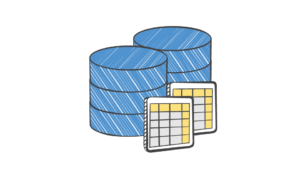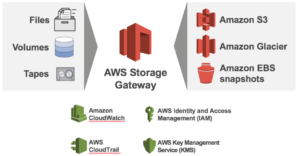Overview
Getting ready for your Solutions Architect Associate exam? Let’s review the main database services of AWS as you will encounter many questions regarding these in your exam. Note that things will not get too detailed, and you can answer many questions right out of this post. You should also note that many of these technologies are not explicitly called out on the exam blueprint.
The Services
- Relational Database Service (RDS) – optimized with various EC2 instance types, this relational database service supports Amazon Aurora, PostgreSQL, MySQL, MariaDB, Oracle, and Microsoft SQL Server.
- Database Migration Service – used to take existing databases that are on-prem or with other clouds to the RDS service.
- Aurora – a MySQL and PostgreSQL-compatible relational database for the cloud that seeks performance balanced with open source compatibility.
- DynamoDB – a fast, flexible NoSQL database service for applications that need a single-second millisecond latency at small to large scale.
- DynamoDB Accelerator (DAX) – a highly available, in-memory cache that reduces DynamoDB response times even further.
- ElastiCache – used to create in-memory data stores (caches) in the cloud. This technology provides performance unheard of for disk-based databases and supports two open-source memory engines – Redis and Memcached.
- Redshift – a high-performance, fully-managed data warehouse that provides data analysis using standard SQL and Business Intelligence tools.
- Redshift Spectrum – allows running SQL queries against exabytes of unstructured data in Amazon S3 storage.
Summary
Unless you work with these everyday, it can be fairly difficult to remember the key principles of each one. I recommend making some handy flashcards to assist you in such areas! Be sure to subscribe to the blog where I will present many practice quizzes for you!

